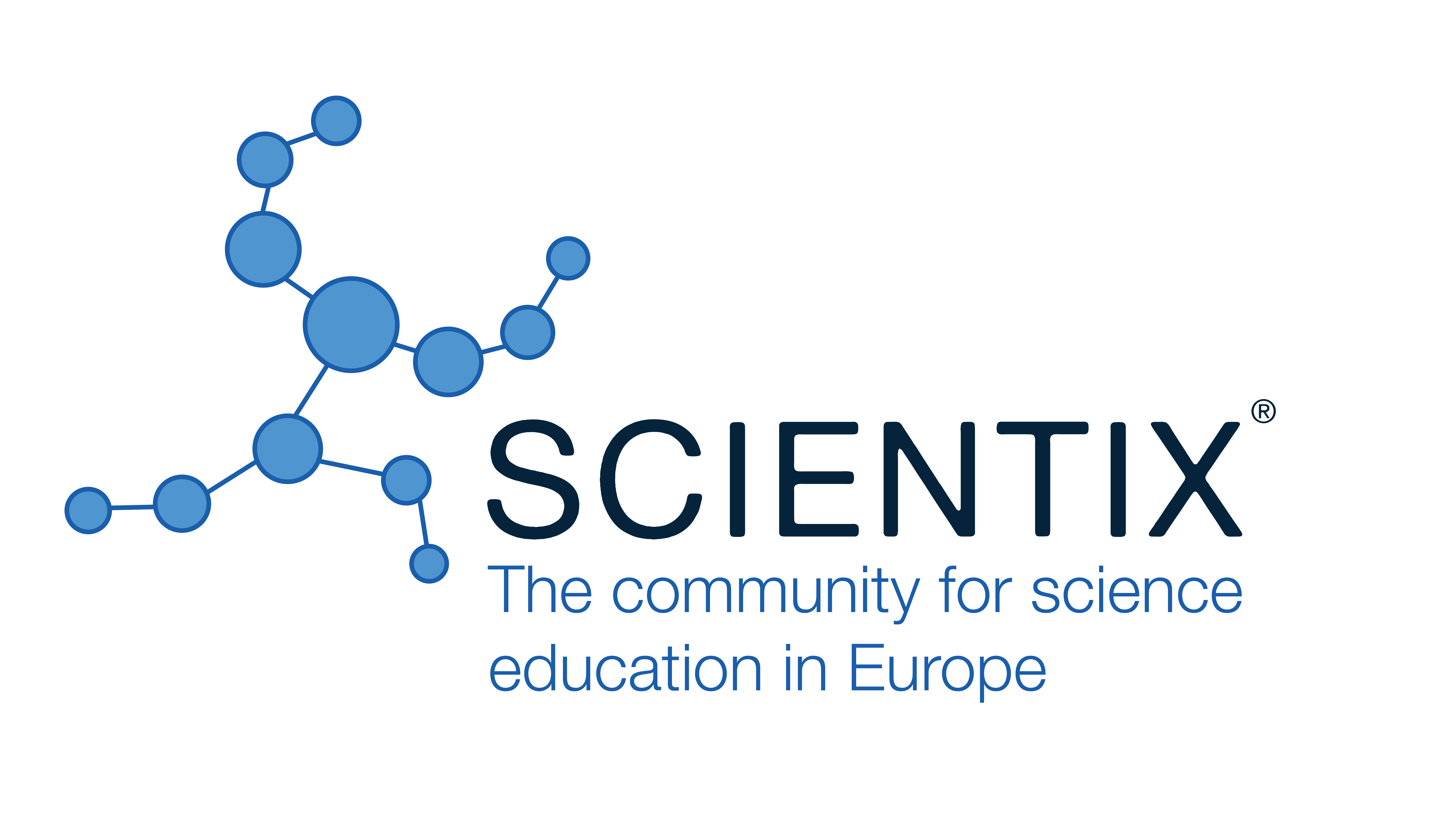“Deus ex Machina” The Introduction of AI to Furniture Design
Thorsten Lomker, Zayed University (United Arab Emirates)
Katharina Richter, Zayed University (United Arab Emirates)
Abstract
In Spring 2023, students in our Furniture Design class were asked to design two desks for a small office space in an existing building. Unfortunately, none of the 34 students produced a feasible design solution. The reasons we identified were deficiencies in design history, English, math, and general
problem-solving, but mainly a profound lack of elementary skills in sketching. Students failed to use the right tools and techniques, which hindered them from finding proper answers to the design problem. Therefore, we opted for a dramatic change in our teaching methodology. As a fortunate coincidence, it happened that at this time the deus ex machina emerged, and “a seemingly unsolvable problem ... was suddenly ... resolved by an unexpected and unlikely occurrence“. Exactly 67 years after the Dartmouth workshop [1], Artificial Intelligence (AI) tools became available to the profession with the capacity to not only challenge our understanding of how the design process works but also the power to make up for skills our students failed to acquire. But rather than asking if it is the machine
or the human who designs in these new scenarios, we merely focused on the question of how we can use AI to assist our students to mature in their design disciplines. Reference objects [2] played an important role in this endeavor. But instead of photos of real objects, we used Midjourney - an AI
image generator - to create images of objects that did not exist beforehand but were concrete answers to the design problem. Through a critical discussion of the pros and cons of the AI-generated output, our students formed an understanding of these objects, which then became cases, “... a
contextualized piece of knowledge, an interpreted representation of a real experience….“ [3]. Students then used these cases to develop the solutions further. Even though this is an ongoing experiment, we can already conclude that the attempt to enable these students to develop feasible solutions using AIsoftware in conjunction with traditional tools and techniques was extremely successful. Never would the students have been able to create designs like those they created based on the AI-solutions. And in this regard, it is indeed fair to say that we can be rest assured that no student who used these tools once, will revert to traditional methods in the foreseeable future.
Keywords: Artificial Intelligence, Midjourney, Design Education
References:
[1] https://en.wikipedia.org/wiki/Dartmouth_workshop
[2] Richter, Katharina (2009) “Transforming to Expert - On the Role of Experiential Knowledge in Architecture”, Architecture in the Age of Empire, 11th International Bauhaus Kolloquium, April 2009, Bauhaus-Universität Weimar, Germany, pp. 518-527.
[3] Kolodner, Janet L. (1991) “Improving Human Decision Making through Case-Based Decision Aiding”. In: AI Magazine, 12(2) 1991, pp. 52 – 68.
 The Future of Education
The Future of Education





























